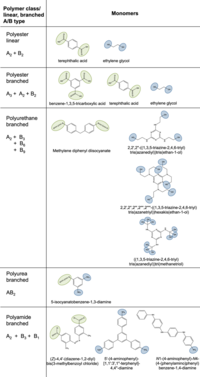Random graph theory of gelation

Random graph theory of gelation is like playing with Legos. Imagine you have a big pile of Legos of different shapes and colors. Now, you start randomly connecting Legos together to make a bigger structure.
A similar thing happens in the random graph theory of gelation. Instead of Legos, we have small particles that are floating in a liquid. These particles can randomly stick together to form larger, more complex structures.
In gelation, we are interested in what happens when these particles start to form huge clusters that are connected to each other in a complex network. This is called a gel. For instance, think of pouring some pudding into a dish, and then waiting for the pudding to thicken. As the pudding thickens, it forms an intricate, web-like structure that is difficult to break apart.
In the random graph theory of gelation, we use mathematical models to understand how these structures form. We create a random graph where each particle is represented by a "node," and the connections between particles are represented by "edges." Every time two particles stick together, we draw an edge between them.
As more and more particles stick together, the graph becomes more complex. Eventually, we reach a point where most of the particles are connected, and it becomes very difficult to break apart the gel.
So, think of the random graph theory of gelation like building a huge Lego structure or watching pudding thicken. As more and more particles stick together, they form larger, more complex structures that are difficult to pull apart.
A similar thing happens in the random graph theory of gelation. Instead of Legos, we have small particles that are floating in a liquid. These particles can randomly stick together to form larger, more complex structures.
In gelation, we are interested in what happens when these particles start to form huge clusters that are connected to each other in a complex network. This is called a gel. For instance, think of pouring some pudding into a dish, and then waiting for the pudding to thicken. As the pudding thickens, it forms an intricate, web-like structure that is difficult to break apart.
In the random graph theory of gelation, we use mathematical models to understand how these structures form. We create a random graph where each particle is represented by a "node," and the connections between particles are represented by "edges." Every time two particles stick together, we draw an edge between them.
As more and more particles stick together, the graph becomes more complex. Eventually, we reach a point where most of the particles are connected, and it becomes very difficult to break apart the gel.
So, think of the random graph theory of gelation like building a huge Lego structure or watching pudding thicken. As more and more particles stick together, they form larger, more complex structures that are difficult to pull apart.
